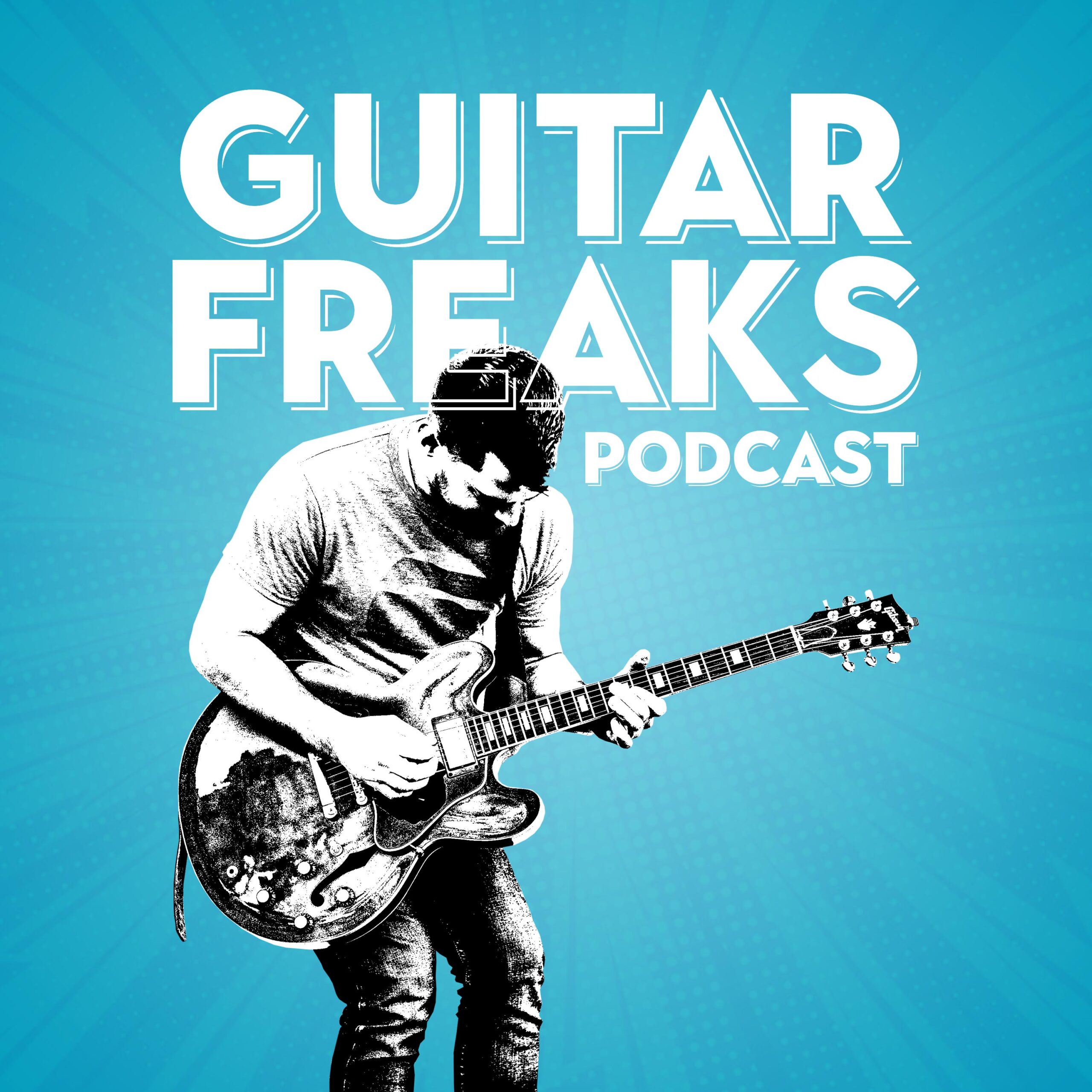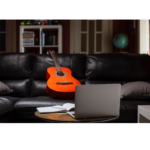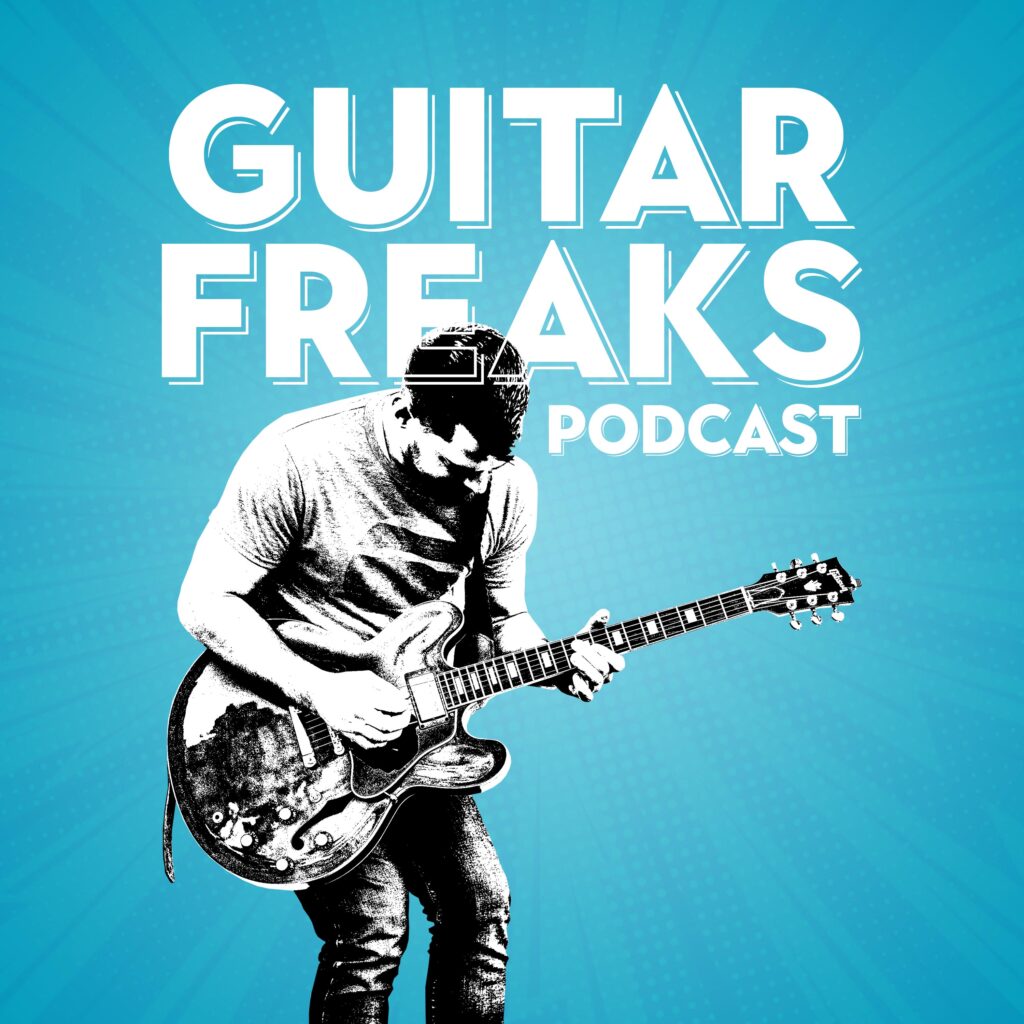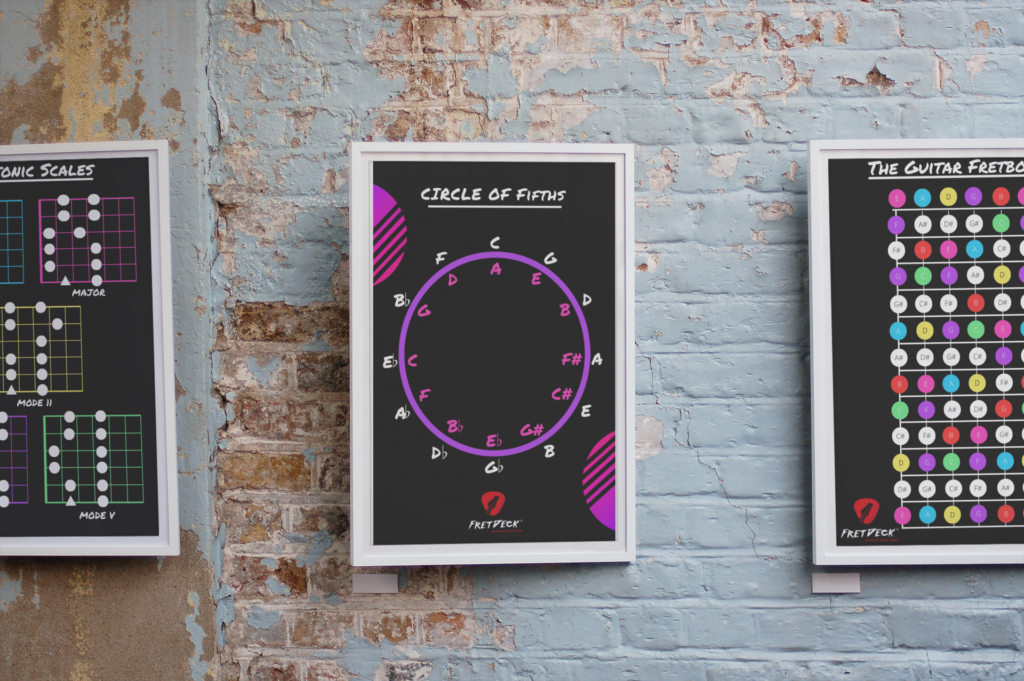If your solos still sound like exercises, the issue isn’t talent—it’s strategy. Shapes help, yet they can trap you in boxes. Instead, learn to phrase, bend in tune, and connect positions with intention. The minor pentatonic guitar scale is a five-note toolkit; with the right workflow, it becomes a voice.
Why the Minor Pentatonic Guitar Scale Still Wins
First, it outlines the chord tones we actually hear (1, ♭3, 4, 5, ♭7). Second, it adapts to rock, blues, soul, country, and pop without sounding academic. Finally, it rewards touch: better bends, wider vibrato, and smarter note choices mean better music—instantly.
10 Classic Solos to Study (and What to Steal)
Don’t just copy notes—extract the concept, then apply it in other keys and positions.
- “Stairway to Heaven” – Led Zeppelin (A minor focus, 5th-fret hub)
Steal: Controlled bends into target tones; leave space between bursts. - “Comfortably Numb” – Pink Floyd (B minor, 7th-fret zone)
Steal: Long slides and wide, even vibrato; one note can carry a bar. - “Sweet Child O’ Mine” – Guns N’ Roses (E minor, 12th-fret area)
Steal: Legato flurries that resolve on a melody note. - “All Along the Watchtower” – Jimi Hendrix (C# minor, 9th-fret)
Steal: Double-stops with raked attacks for grit and attitude. - “Free Bird” – Lynyrd Skynyrd (G minor, 3rd-fret + extensions)
Steal: Motif development over long forms; build phrases, don’t spam licks. - “Hotel California” – Eagles (B minor with color tones)
Steal: Two-guitar dialogue; harmonize lines at 3rds/6ths for width. - “Purple Haze” – Jimi Hendrix (E minor, 12th-fret + blue notes)
Steal: Rhythmic unpredictability; start phrases on off-beats. - “Back in Black” – AC/DC (E minor, open & 12th)
Steal: Aggressive, consistent vibrato; fewer notes, harder groove. - “La Grange” – ZZ Top (E minor, open & 12th)
Steal: Pinch harmonics and touch control; make quiet practice speak. - “Heartbreaker” – Led Zeppelin (A minor, 5th-fret)
Steal: Elastic time within solid bars; float, then lock on the backbeat.
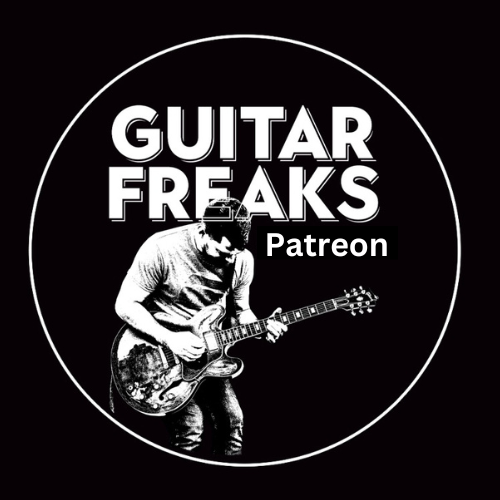
🎸 Join the Guitar Freaks Patreon!
Get SoloCraft E-Book FREE!
Join Guitar Freaks on Patreon and instantly unlock my full e-book SoloCraft—your step-by-step guide to fretboard mastery and crafting soulful solos.
New video lesson drops every Friday so you’ve always got a fresh, focused practice plan for the week.
👉 Don’t miss out—join now and grab your free copy!
How to Practice the Minor Pentatonic Guitar Scale (Without Feeling Trapped)
Learn Five Positions in One Key (A minor shown)
Start with Position 1 at the 5th fret, then add 2 and 5. As you advance, name degrees (1–♭3–4–5–♭7) while you play. That simple habit converts shapes into language.
Position 1 (A minor hub)
e|--------------5-8-
B|-----------5-8----
G|--------5-7-------
D|-----5-7----------
A|--5-7-------------
E|5-8---------------
Position 2 (8th fret)
e|--------------8-10-
B|-----------8-10----
G|--------7-9--------
D|-----7-10----------
A|--7-10-------------
E|8-10---------------
Connect Positions with Slides and Octaves
Next, slide from a target tone (♭7 or 3rd) into the nearest version in the next shape. Additionally, use octave “teleports”: +2 frets/–2 strings (or +3/–3) to keep lines flowing across strings.
Target the Chords (Sound Musical, Fast)
Over A7–D7–E7, enter phrases on each chord’s 3rd or ♭7. Consequently, your lines outline harmony, not just patterns. The change is immediate on recordings.
Touch, Time, and Tone
Moreover, practice bends to pitch (drone a reference note and sneak up). Keep vibrato even, not frantic. Finally, vary subdivisions—quarters → 8ths → triplets → 16ths—and shift accents to keep phrases alive.
7-Day Pentatonic Power Plan (Repeat Weekly)
Day 1 — Position Hub
A minor, Position 1 only. Name degrees aloud; perfect the ♭7→1 bend.
Day 2 — Position Bridges
Add Positions 2 and 5. Slide into 3rds on chord changes.
Day 3 — Call & Response
Two bars dense, two bars sparse. As a result, your phrasing breathes.
Day 4 — Motif Development
Create a 2-beat idea; move it through Positions 1–3 without losing character.
Day 5 — Two-Guitar Arrangement
Record a triad-based rhythm part; overdub a pentatonic melody that respects the vocal pocket.
Day 6 — Transposition
Move everything to E minor (12th-fret hub). Keep feel; change key.
Day 7 — Record & Review
Capture a 60-second take. Then note one win and one fix. Set the next focus.
This routine turns the minor pentatonic guitar scale into music you can actually use.
Common Mistakes and Quick Fixes
- Flat or sharp bends: Practice into a drone tone; freeze the target, then bend slowly up to match.
- Boxy phrasing: Start phrases on off-beats or the “and of 2”; leave a full beat of space at least once per chorus.
- Position jumps: Slide a chord tone into the next shape instead of leaping blindly.
- Tone that smears: Reduce gain, switch to a neck/middle pickup, and pick lighter. Clarity beats distortion.
If the minor pentatonic guitar scale ever feels stale, your rhythm and targets need attention—not more notes.
Ready for Weekly Wins? Join Guitar Freaks Patreon
Stop hoping for progress; schedule it. Each Friday, members get a compact lesson that moves one needle:
- 10–15 minute video, electric-first
- Tab + backing track + drill sheet, so you know exactly what to do
- A 60-second checkpoint assignment—proof you’re improving
- Priority feedback on your clip, so you fix the right thing fast
Lessons stack—positions → targets → phrasing → tone—so the minor pentatonic guitar scale shows up in your songs on command, not by luck.
Two simple tiers
- Practice Partner – Bite-size lesson, weekly prompts, accountability
- Guitar Apprentice – Everything above plus deeper studies, extra examples, and priority feedback
👉 Join Guitar Freaks Patreon and make this Friday your turning point.

🎸 Join the Guitar Freaks Patreon!
Get SoloCraft E-Book FREE!
Join Guitar Freaks on Patreon and instantly unlock my full e-book SoloCraft—your step-by-step guide to fretboard mastery and crafting soulful solos.
New video lesson drops every Friday so you’ve always got a fresh, focused practice plan for the week.
👉 Don’t miss out—join now and grab your free copy!
Resources (Internal & Outbound Links)
Internal
Outbound
